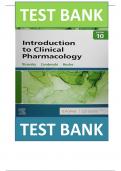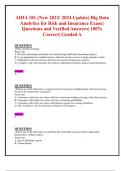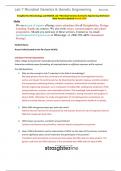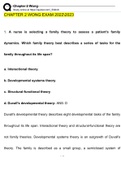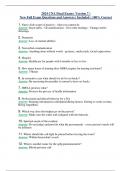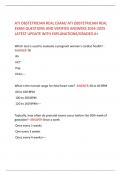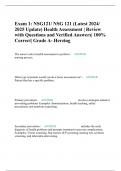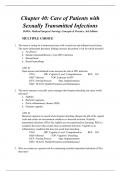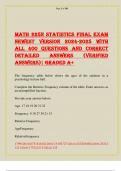Exam (elaborations)
TEST BANK FOR Introduction to Clinical Pharmacology 10th Edition by Constance G Visovsky , ISBN: 9780323755351 |COMPLETE TEST BANK| Guide A+
Test bank: INTRODUCTION TO CLINICAL PHARMACOLOGY 10TH EDITION BY Constance Visovsky, Cheryl Zambroski, Shirley Hosler ALL CHAPTERS Unit I. General Principles 1. Pharmacology and the Nursing Process in LPN Practice 2. Legal, Regulatory, and Ethical Aspects of Drug Administration 3. Principles of Pha...
[Show more]
